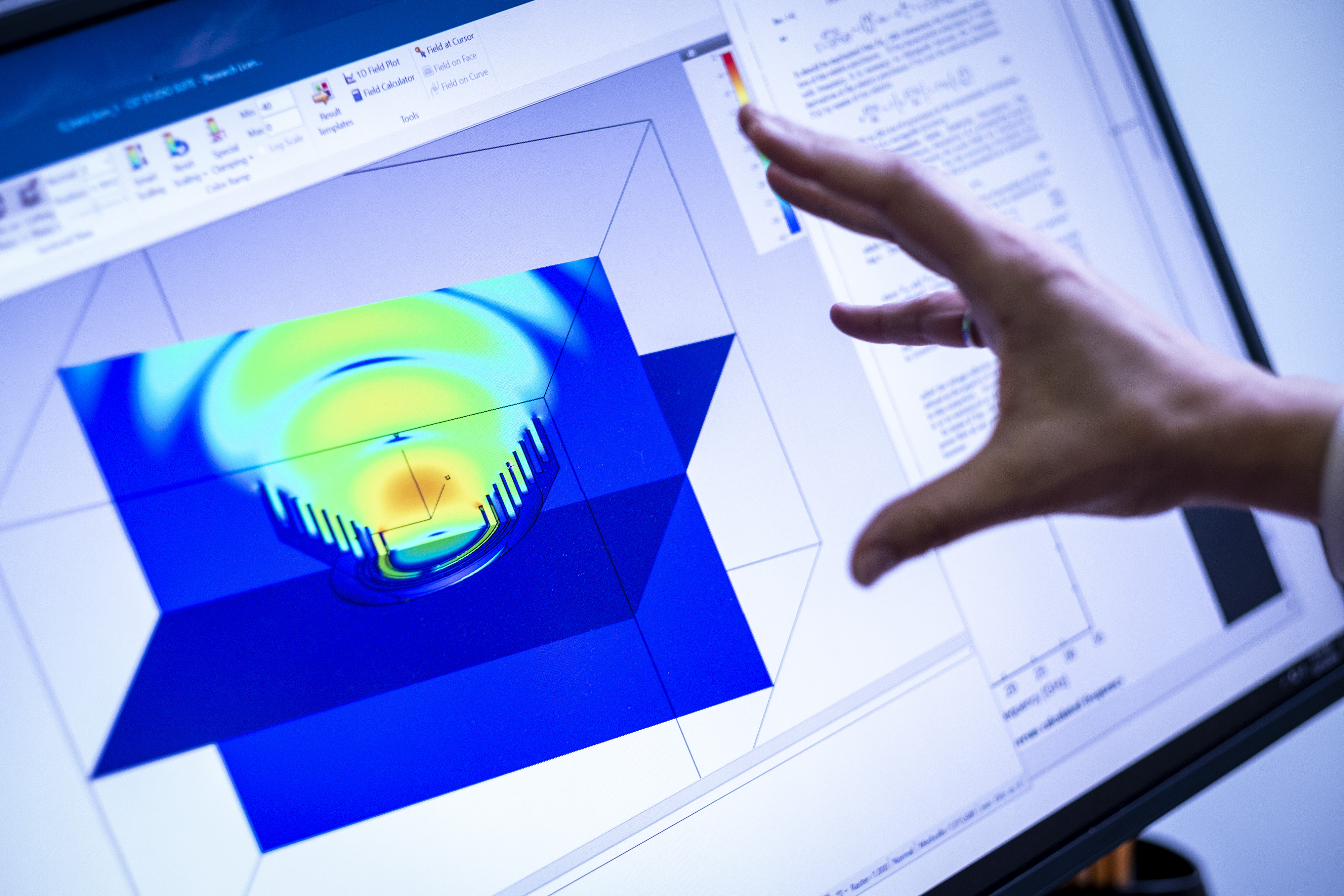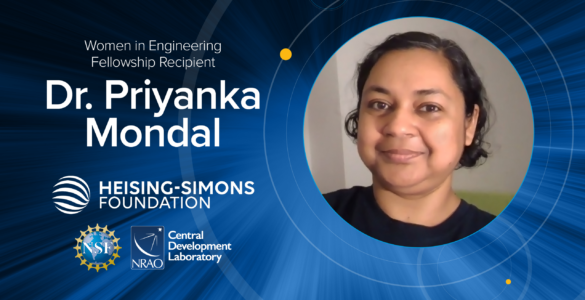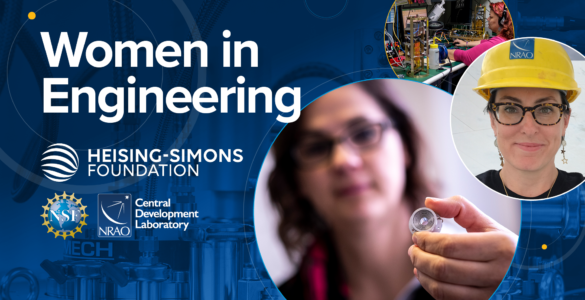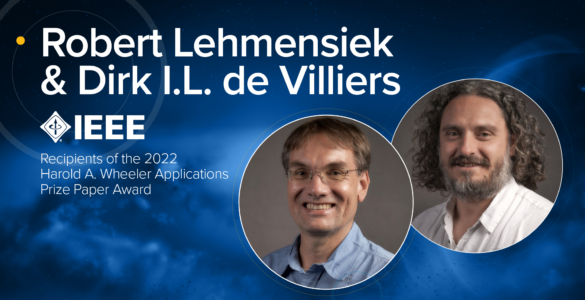A History of Innovation
The Central Development Laboratory has played a key role in NRAO projects, dating back to the design of the Very Large Array (VLA), which was commissioned in 1980. At the time, the VLA was the most sophisticated radio telescope in the world and CDL designed its correlator, a special-purpose computer that processed the signals from the 27-antenna array to form a single, high-resolution image (i.e., interferometry). This correlator was used until the Expanded VLA (EVLA) was brought online in 2010.
Subsequently, CDL designed the correlator for the Observatory’s Very Long Baseline Array, another interferometric telescope commissioned in 1994 consisting of 10 identical antennas, separated by distances from 200 km to l8,600 km — truly a transcontinental telescope, with the longest baseline between Mauna Kea, Hawaii and St. Croix, Virgin Islands.
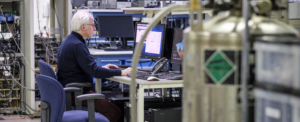
CDL personnel went on to lead an international team that designed, built, and installed the correlator for the Atacama Large Millimeter/submillimeter Array (ALMA), located at an elevation of 5000 m in the Atacama Desert of northern Chile and commissioned in 2011.
CDL has also made some of the highest-performing cryogenic low-noise amplifiers (CLNAs) ever produced. Low noise amplifiers set the performance of the overall receiver—a crucial role given the extraordinarily weak signals radio telescopes collect. The best CLNAs are designed to add very little noise to the system and have high amplification, and CDL has excelled at doing this. There are over a thousand of CDL’s CLNAs in radio telescopes around the world.
Commercialization of CDL Technology
Many of the technologies developed at the Central Development Laboratory have applications beyond radio astronomy. Through NRAO’s Technology Transfer Program, CDL offers intellectual property and patented technology to industry for development of licensed commercial products and services.
You can read more about this program on the Technology Transfer Page


